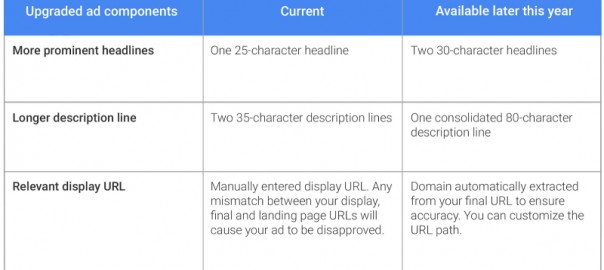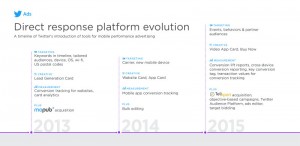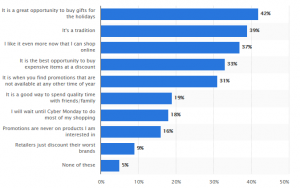Expanded text ads recently went live in AdWords, so what’s the next step? Columnist Pauline Jakober explains how to strategically expand on your existing text ads when making the transition.

The one thing that’s remained constant in AdWords over the past 15 years is the good ol’ 25-35-35 character rule we worked with in text ads. And we’ve become pretty good at it.
But in May, it was announced that the old way of doing things would be changing to cater to the multiscreen world we live in. And on July 26, AdWords rolled out new character limits that change the way text ads display content.
The new character count is 30-30-80, and consists of:
- two headlines of up to 30 characters of text; and
- one condensed description line of up to 80 characters.
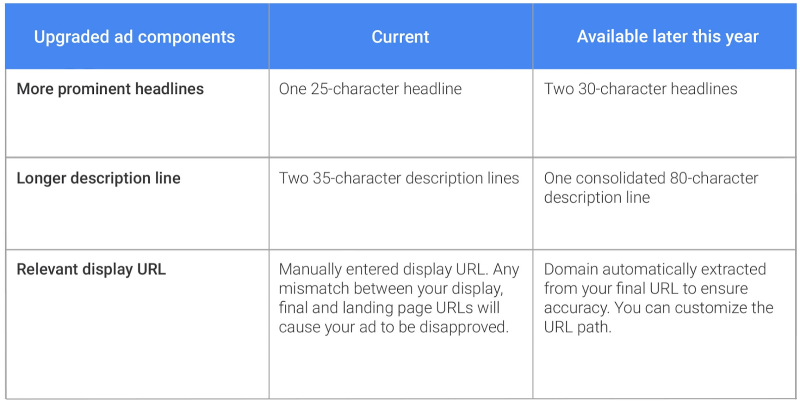
For many of us, the 25-35-35 thing has been engrained in our brains, and this change represents a huge shift.
As we’re in uncharted territory, there’s sure to be lots of testing to come. In the announcement over at Google, it was reported that tests have shown that “some advertisers have reported increases in click-through rates of up to 20 percent compared to current text ads.”
From the announcement here at Search Engine Land on July 26 (linked to earlier), we see that Google is expecting advertisers to A/B test expanded text ads for a few months, allowing them to optimize these new ads to be just as effective as standard ads. And then the standard 25-35-35 ads will no longer be available:
As of October 26, 2016, however, advertisers will no longer be able to create or upload standard text ads. Google has not set a date when standard ads will no longer run with ETAs [expanded text ads], but Jain noted advertisers should have sufficient time to test standard and expanded ad formats against each other to ensure they are properly using ETAs. In other words, the expectation is that advertisers will run A/B tests with standard and expanded text ads for a period.
So what do you do when you have a vast landscape of 45 additional characters? Add more stuff? Sure, but strategically. Now is the time to be thinking about how you’ll use that extra space, and I’ll share a few things to consider next.
Get the most from your headlines
Although there is more space for content in the body of the ad, the big perk here is the headline. Just look at the difference from the standard to expanded ad — much more eye-catching than previously:
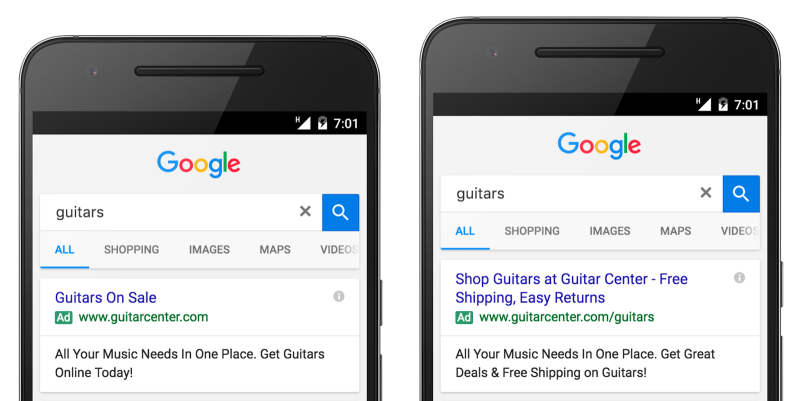
And the headline is what Google wants us to focus on, too. From its help files:
What you put into that space will be a big indicator of how enticing your ad text is — big blue headlines are more prominent than your description text. The content and quality of your headlines matters and will determine how well your ads perform.
Headlines drive clicks and have the greatest opportunity to improve click-through rate. So that’s what I believe Google is saying here with regard to performance.
Also turns out that headlines are the thing Google suggests spending the most time on testing:
Your headlines should receive the majority of your testing attention. As you go about instituting and testing expanded text ads, focus on writing the best headline possible. Implementing great headlines has the most potential to make a big difference to performance […] Two headline fields raise another question about ad text — should your call to action be in the first or second headline? It’s a great question, and exactly the type of thing that you should test as you optimize your creatives.
I started writing this article before the changes went live on July 26. One of the points I wanted to get across was to not just slap some additional text in the description and throw up another headline, and call it a day.
That’s why I love No. 2 in Google’s best practice guide for expanded text ads:
Don’t simply add a second headline to your existing ads. Rethink your entire ad creative. Why: Building a connection with someone through an ad can be tough. Additional characters allow you to provide consumers with more insight into your offering.
Consider the following ideas when you’re thinking about your new approach to headlines:
- You can still include your main keyword in the ad headline as a best practice, but now you can also include the sale offer, like “25% Off,” right in the headline. You could have tried to do this before, but it’s typically been too much to fit into one headline.
- Include your call to action in the headline: “Download Your Free White Paper” or “Attend Today’s Event” or “Sign Up for Our Webinar.” In the past, we’ve put calls to action in the description line to save characters in the headline.
- Think about how you can answer your target market’s question in the headline. As Google mentioned in its tips here, “… ads that offer answers typically receive more attention (and clicks).”
While some things change, others remain constant
A solid strategy in the era of expanded text ads will still apply all the best practices we’ve come to learn over the years. Look at your ads from a holistic point of view, and consider the following approach:
- Assess the message as a whole, and use the tools available to you to support that message. That means reviewing your ad creative with everything else in mind, including ad extensions like callouts, reviews, structured snippets, calls and more to strategically craft that ad.
- Take full advantage of the characters available. Just like before, use up that real estate! But be aware: Some have spotted Google truncating headlines in the expanded text ad format when they are too long. Looks like pixel width is the culprit here, not character count. So be sure to test via the ad preview before you publish. Google chimed in on this issue: keep the combined characters across both headlines to 33. Although it’s somewhat annoying that we may not be able to use the extra space in some cases, we’ll just have to test.
- Don’t forget about keywords. Maintaining the keyword theme within your headline is likely still important, but we sometimes stray from that in certain circumstances. Some believe that staying away from keyword-based headlines will differentiate your ad in the search results.
- Remember, policies haven’t changed. While you have more space in the headlines, the headline policy is still the same.
While it can be a shock when a professional guideline you’ve come to know like an old pair of jeans suddenly changes, I’m excited to see what this can do for our clients, and I am hopeful the new layout will help those searching for products, services and information get to it quicker.
[Article on Search Engine Land.]
Some opinions expressed in this article may be those of a guest author and not necessarily Marketing Land. Staff authors are listed here.
Marketing Land – Internet Marketing News, Strategies & Tips
(57)
Report Post